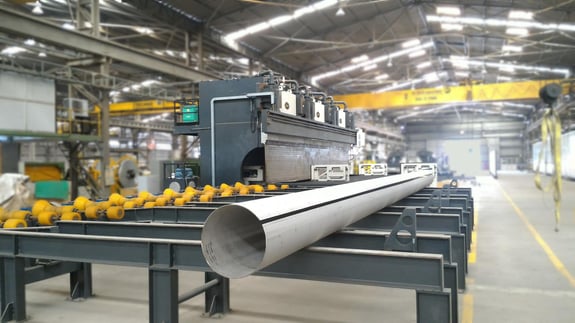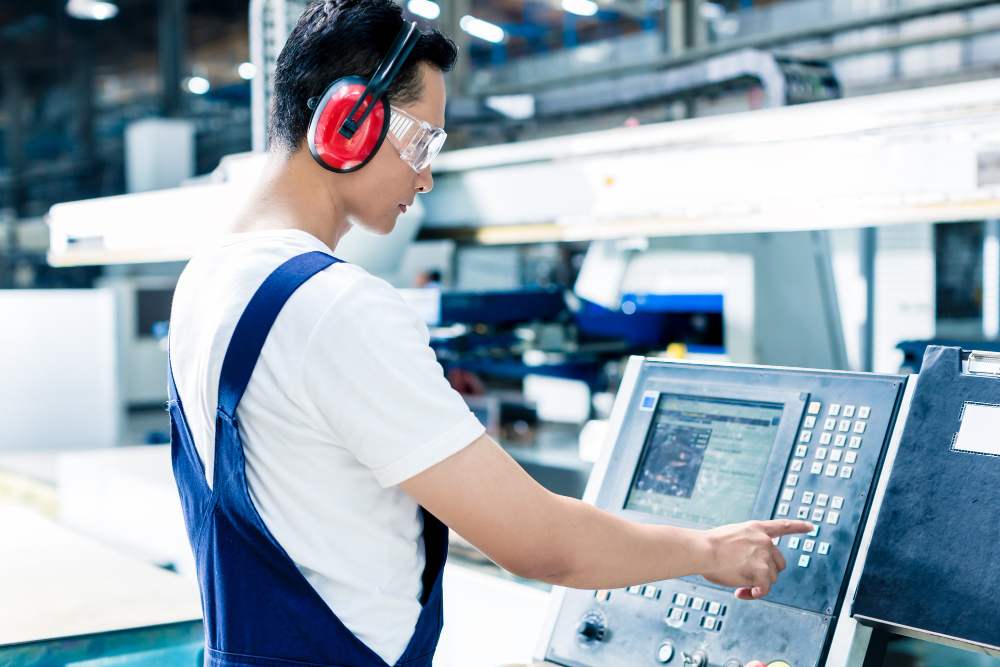
Cladding on Pipe: a Comprehensive Guide to Insulation Cladding
Pipe cladding is a key process in the insulation and protection of piping systems across industries. This guide explores how cladding on pipe works, the benefits, material types, and its wide range of applications—while introducing SOMO as a leading provider of fully automated cladding machinery.
.png?width=2000&height=1264&name=sez%203%20impianti%20tubi%20hydroforming%20(1).png)
What is pipe cladding?
Cladding refers to the process of applying a protective or insulating layer over a metal pipe. The primary goal is to improve resistance to corrosion, temperature, and mechanical damage, especially in demanding environments like chemical plants, oil & gas pipelines, or industrial systems.
Cladding can serve thermal insulation, chemical shielding, or even aesthetic functions, depending on the material and industry. This layer is often applied through industrial processes using specialised equipment—an area where SOMO excels.

Benefits of pipe cladding
Pipe cladding offers a wide range of functional advantages for businesses looking to extend the life and efficiency of their piping systems:
- Corrosion protection: shields pipes from chemical, moisture and salt exposure.
- Thermal insulation: reduces heat loss or gain, improving energy efficiency.
- Mechanical protection: safeguards against physical damage and wear.
- Improved durability: prolongs service life in harsh industrial environments.
- Cost savings: reduces long-term maintenance and replacement costs.
- Compliance: ensures systems meet safety and performance regulations.
These benefits become even more significant when paired with automated cladding technology, which increases consistency, speed, and safety.
Looking for a solution tailored to your production line?
Contact our team now to learn more about our technology and receive expert advice.Types of pipe cladding materials
Choosing the right material for cladding depends on the application and performance requirements. Our cladding hydroforming machines are able to clad an outer carbon steel pipe with an inner stainless steel pipe (Inconel). The result is a bimetallic piping (BP), consisting of a low-carbon steel base layer and a corrosion-resistant alloy (CRA) liner layer, is an affordable and reliable anti-corrosion technology.
Other cladding materials are aluminium, stainless steel, PVC and other polymers and composite materials.
Applications of pipe insulation cladding
Pipe cladding is widely used across sectors requiring thermal control and protection:
- Oil & Gas: External pipeline protection in marine and onshore environments.
- Chemical Plants: Preventing corrosion in aggressive chemical atmospheres.
- Food & Beverage: Maintaining hygiene and temperature stability.
- HVAC Systems: Enhancing energy efficiency and reducing condensation.
- Pharmaceuticals: Ensuring sterility and process control.
Each of these sectors demands precision, safety, and reliability—requirements met through automated production systems like those engineered by SOMO Produzione.
Why choose SOMO for pipe cladding machinery?
With over a decade of specialised experience, SOMO Produzione S.p.A. offers fully automated systems engineered for the manufacture of tubes and pipes with integrated cladding capabilities.
- Customised solutions based on diverse market requirements
- Proprietary software and control systems for efficiency
- Turnkey installation and support for industrial plants
- Proven reliability in global installations
By choosing SOMO, businesses gain a trusted partner capable of streamlining and elevating their pipe cladding processes.
Contact us today to discuss your specific requirements!
Upgrade your steel pipe plant with SOMO’s industry-leading solutions.References




















Contact us
Fill the form to receive more information
